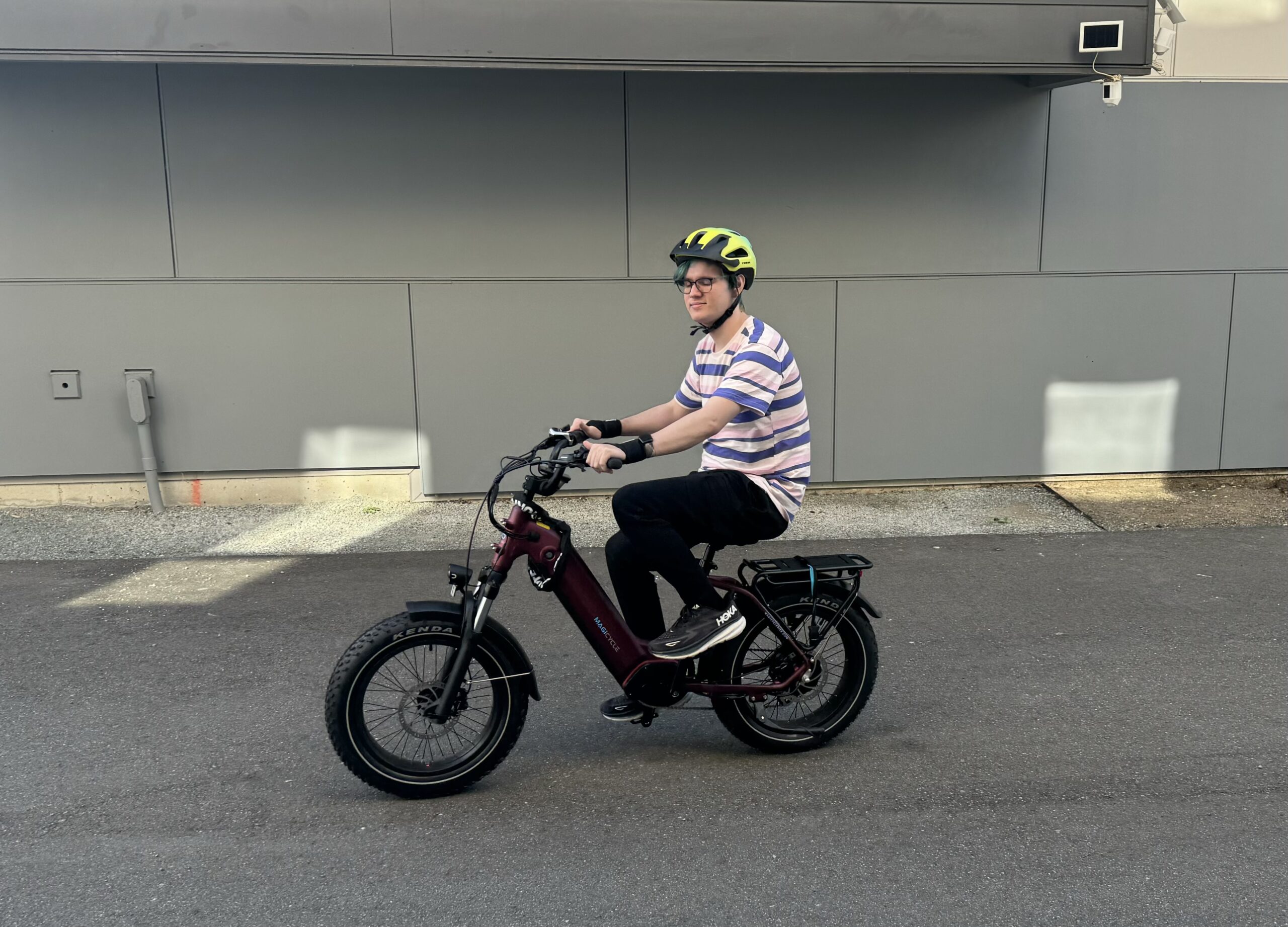The Rammer large rockbreaker range is a reliable choice for miners due to the robust components and high-quality steel used, which offer extra durability throughout the breaker lifecycle.
“Despite our innovative manufacturing processes and high-quality materials, maximising rockbreaking effectiveness relies on correct working methods and maintenance that not only improve productivity, but help operators increase their equipment service life,” Rammer Rockbreakers product line lifecycle manager Esa Sjönberg said.
“That’s why our team is dedicated to educating operators on how to achieve the most from their rockbreakers.”
Jeff Jackson, sales manager and director at Total Rockbreaking Solutions in Western Australia, said he has seen a few common operator errors that could have easily been avoided.
The first results when operators attempt to use the tool as a lever, like a crowbar. This essentially occurs when operators strike into concrete or hard ground and then pry with the tool at the same time.
The impact of using the tool as a lever can result in it bending or breaking, which can easily be avoided by stopping when resistance is felt.
Similarly, the rockbreaker tool should not be used for moving rocks as this function can be effectively performed by the stone claw tool.
The second common mistake Jackson has seen over his more than 10 years with Total Rockbreaking Solutions occurs when operators do not use the rock breaking tool at the correct angle.
The tool should be used at a 90 degree angle with the surface of the material to be broken. If the operator notices that the angle has changed following impact, the operator should correct the angle, returning it to 90 degrees, before recommencing the breaking operations
Moving away from the optimal 90-degree angle and continuing to operate the tool can result in damage to the tool, including wearing out bushings faster.
A third key error Jackson has seen from operators is using the tool for extended cycle times, such as striking in one place for more than 15 seconds at a time.
Hitting one spot for an extended can cause dust to build up under the tool which can dampen the impact effect and result in excessive heat.
If the object does not break, or the tool does not penetrate the material, the operator should stop the rockbreaker and change the position of the tool.
And, to further prolong the life of your rockbreaking machinery, regular maintenance and proper storage are vital.
For more information view the Rammer Rockbreaker operation video, contact your nearest Rammer dealer or visit rammer.com




